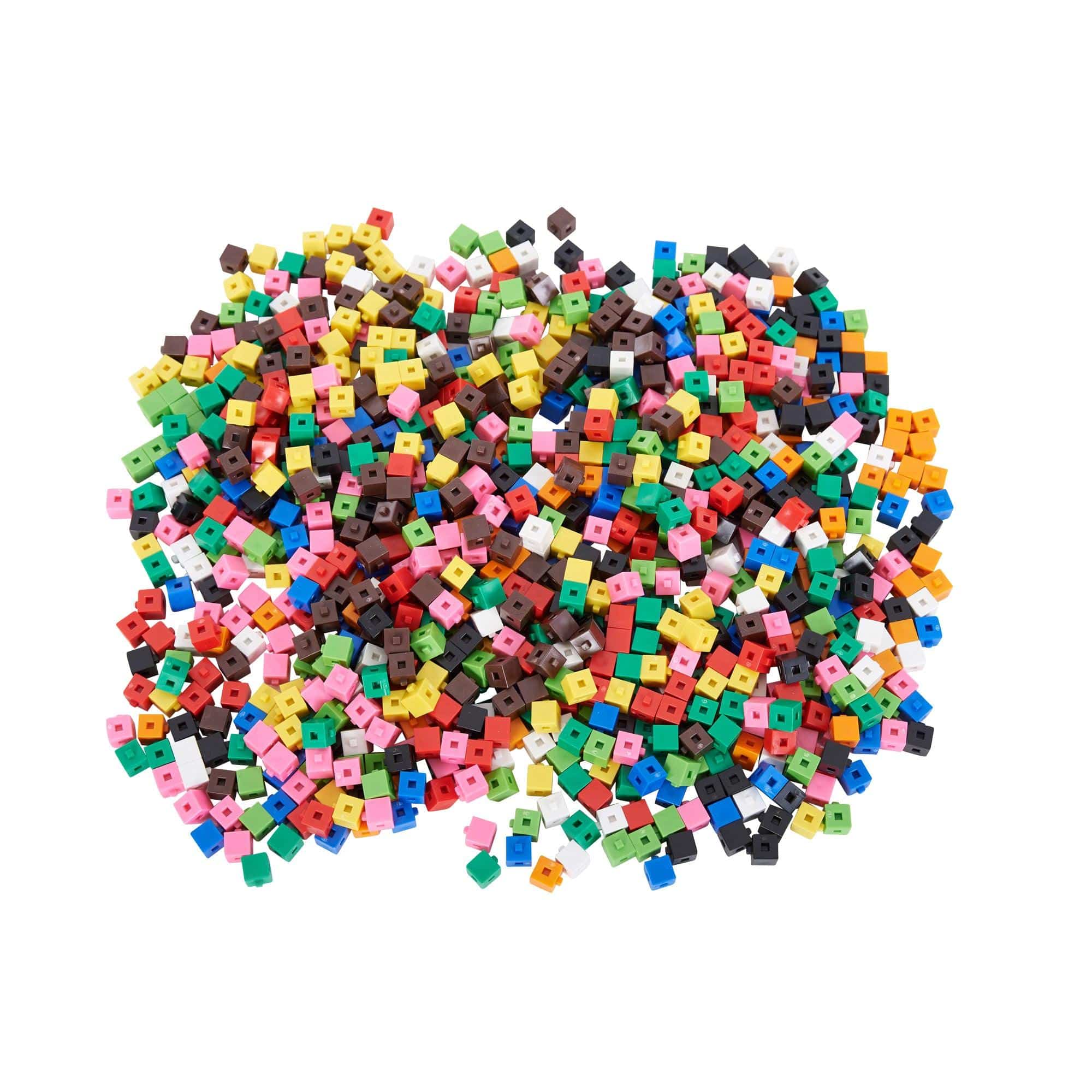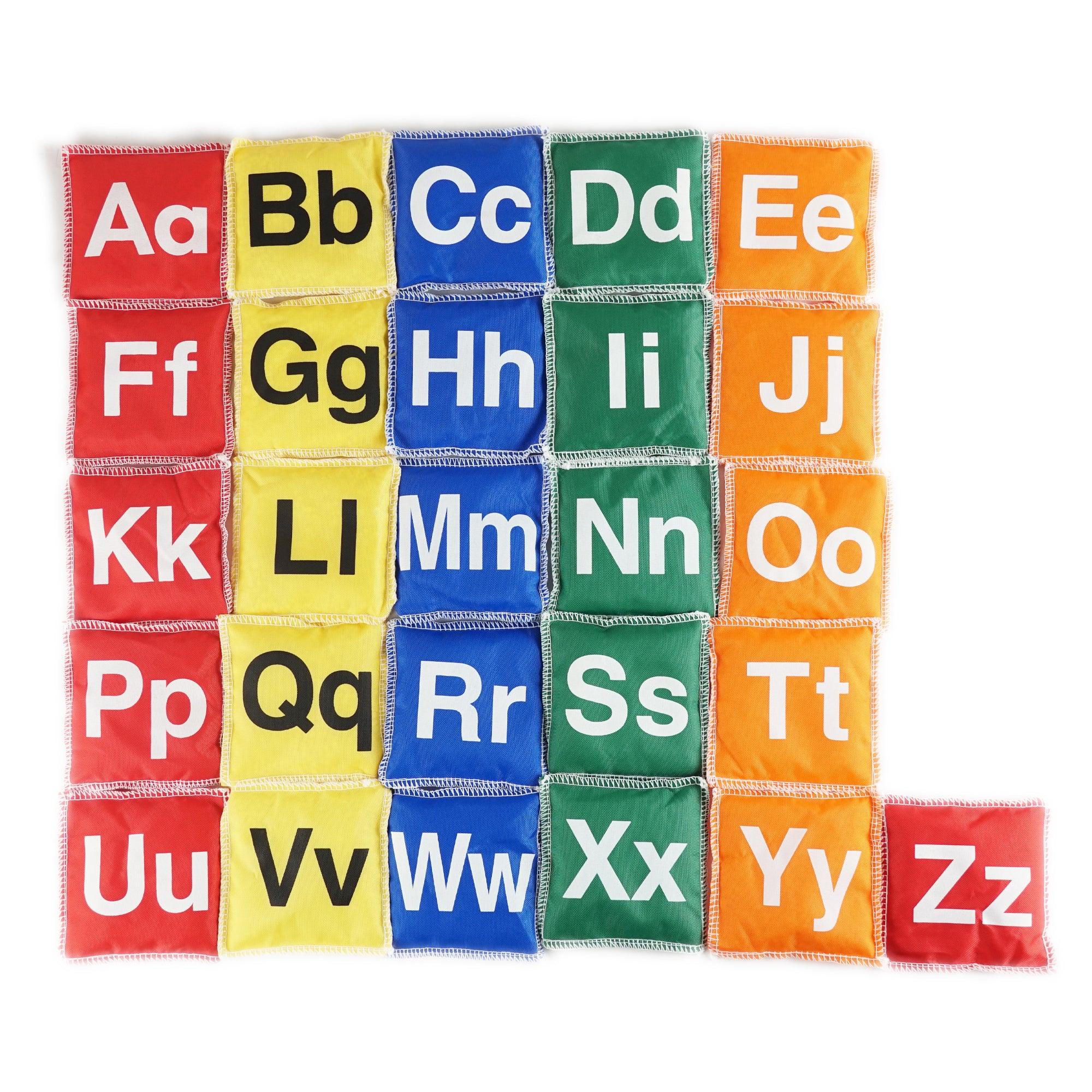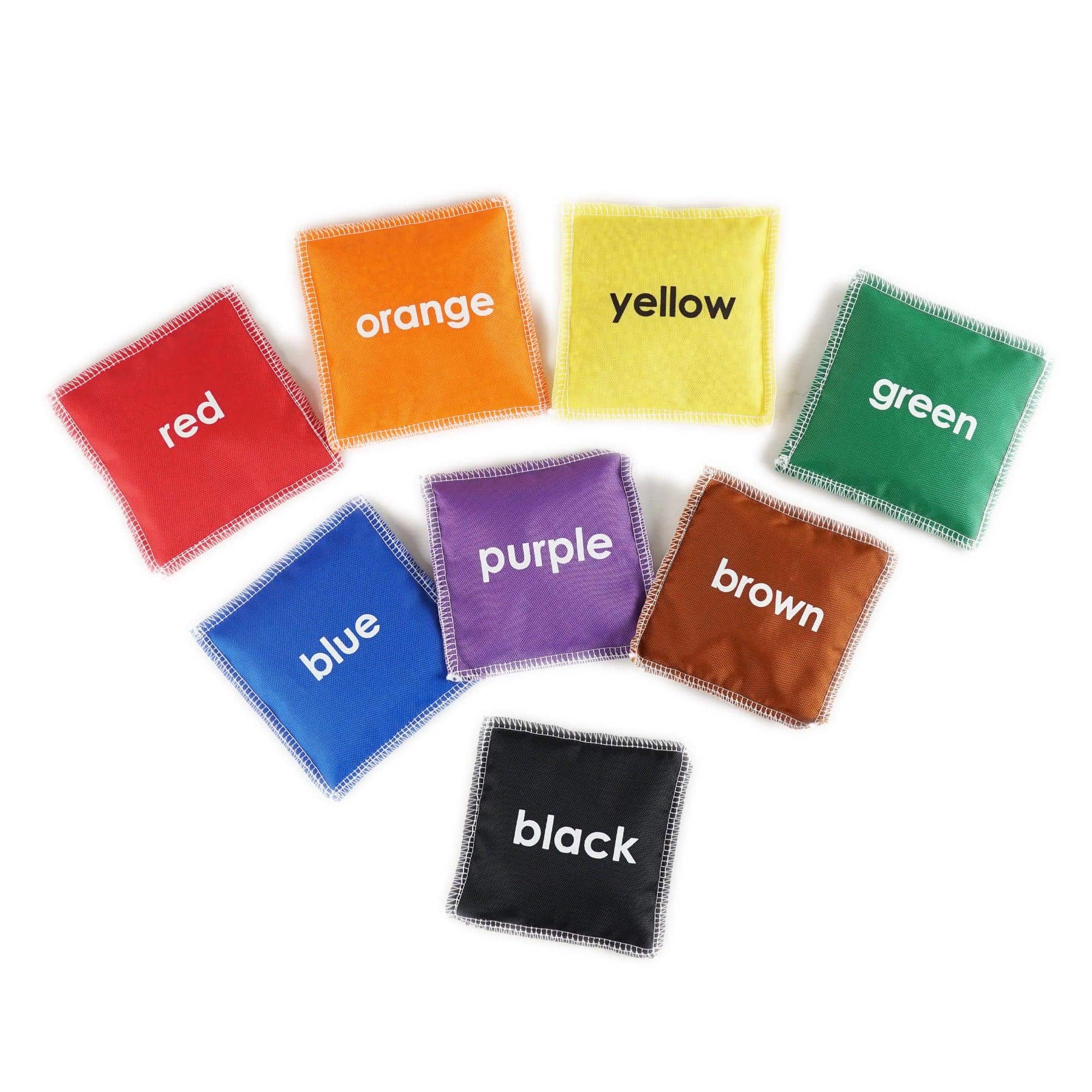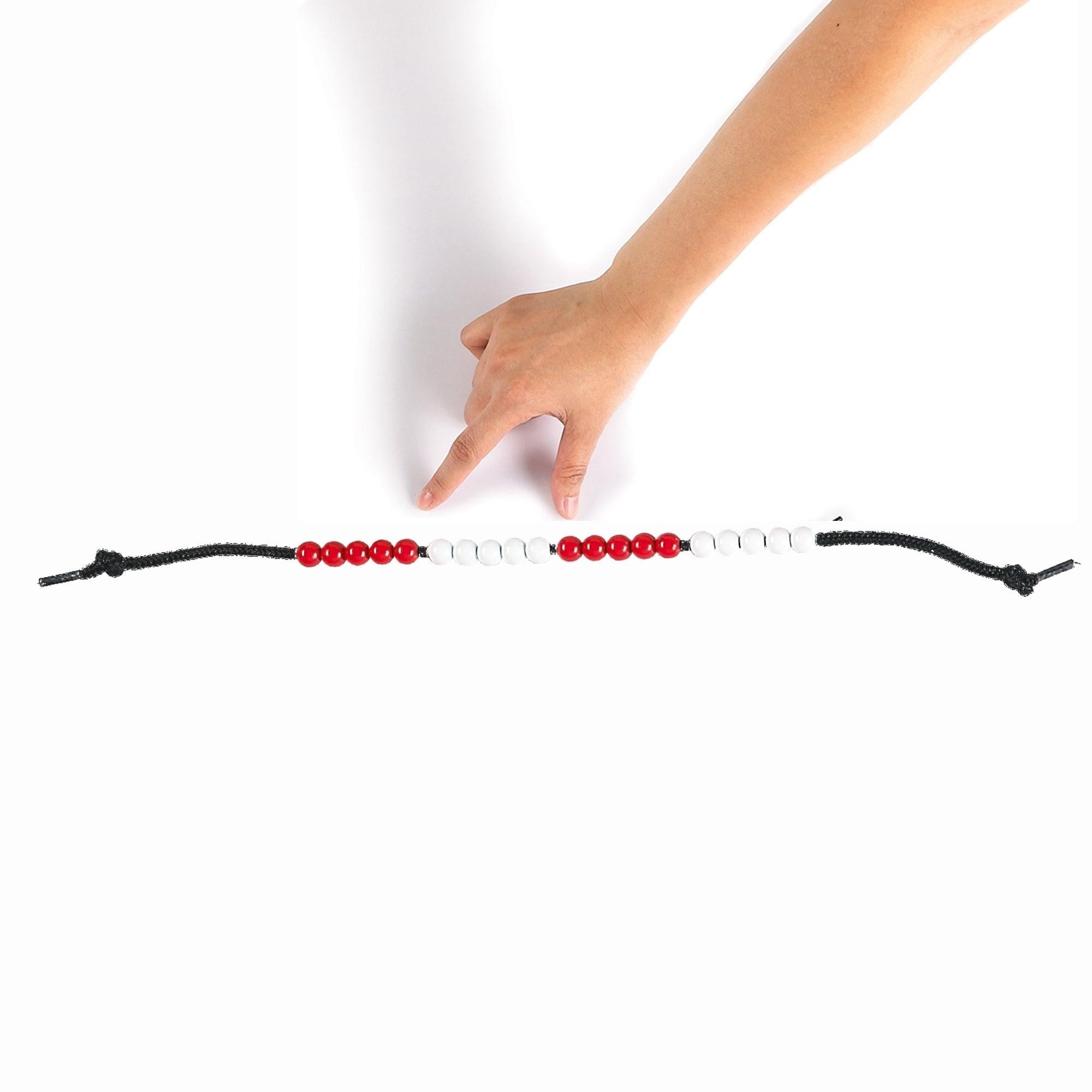The Link Between Toys and Problem-Solving Strategies
Introduction
Toys are often associated with fun and entertainment for children, but did you know that they can also play a crucial role in developing problem-solving strategies? In this blog article, we explore the strong connection between toys and the development of essential cognitive skills, as well as how certain features of toys can enhance problem-solving abilities.
The Importance of Problem-Solving Skills
Problem-solving skills are essential for success in various aspects of life, from academic pursuits to personal and professional endeavors. They involve the ability to analyze a situation, identify challenges, and devise effective strategies to overcome obstacles. By engaging in problem-solving activities from an early age, children can develop critical thinking skills, creativity, and resilience.
The Role of Toys in Problem Solving
While problem-solving is often associated with formal education, toys offer a unique avenue for children to develop these skills in a more enjoyable and hands-on manner. Through play, children encounter various challenges that require them to think critically and find solutions. Here are some key ways in which toys contribute to problem-solving development:
- Imaginative Play: Toys that encourage imaginative play, such as building blocks or pretend play sets, provide children with an opportunity to create scenarios and solve problems within those imaginary worlds. This helps enhance their cognitive flexibility and problem-solving abilities.
- Puzzle Solving: Toys that involve puzzles or construction sets can help children develop problem-solving strategies, as they must analyze the problem, break it down into smaller parts, and find logical solutions to complete the puzzle or build structures.
- STEM Toys: STEM (Science, Technology, Engineering, and Mathematics) toys are designed to foster problem-solving skills by encouraging experimentation, logical thinking, and analytical reasoning. These toys often involve building, coding, or conducting scientific experiments, providing children with valuable problem-solving experiences.
- Board Games: Board games offer a fun way for children to practice problem-solving skills, as they must strategize, make decisions, and adapt their tactics based on the game’s rules and the actions of other players. These games also teach important social skills, such as taking turns and collaborating.
- Art and Craft Toys: Toys related to art and craft, such as coloring sets, sewing kits, or modeling clay, stimulate problem-solving abilities by encouraging children to think creatively, experiment, and find innovative ways to create and express themselves.
Features of Toys That Enhance Problem-Solving Skills
Not all toys are created equal when it comes to enhancing problem-solving skills. Here are some features to look for in toys that can have a positive impact on a child’s problem-solving abilities:
- Open-Ended Play: Toys that allow for open-ended play and multiple ways of exploration provide children with the freedom to experiment, discover, and find their own solutions to the challenges they encounter.
- Challenging Complexity: Toys that offer age-appropriate challenges help children stretch their problem-solving abilities without overwhelming them. Look for toys that offer gradual complexity levels so that children can gradually build their skills.
- Interactive Feedback: Toys that provide immediate feedback can help children learn from their mistakes and adjust their problem-solving strategies accordingly. Feedback can come in various forms, such as lights, sounds, or verbal cues.
- Multiplayer Options: Toys that promote multiplayer interactions not only improve social skills but also enhance problem-solving abilities by introducing an element of competition, collaboration, and strategic thinking.
- Real-Life Context: Toys that mimic real-life situations or objects can enhance problem-solving skills by allowing children to apply their knowledge and skills to practical scenarios. This helps bridge the gap between play and real-world problem-solving.
Conclusion
Toys serve as more than just sources of entertainment for children. They offer a valuable platform for the development of problem-solving skills, which are crucial for success in various aspects of life. By choosing toys that encourage imaginative play, incorporate puzzles, promote STEM learning, involve board games, or stimulate artistic expression, parents and caregivers can actively support the growth of problem-solving strategies in children. So, let’s encourage our little ones to play, explore, and problem-solve their way to a brighter future!




